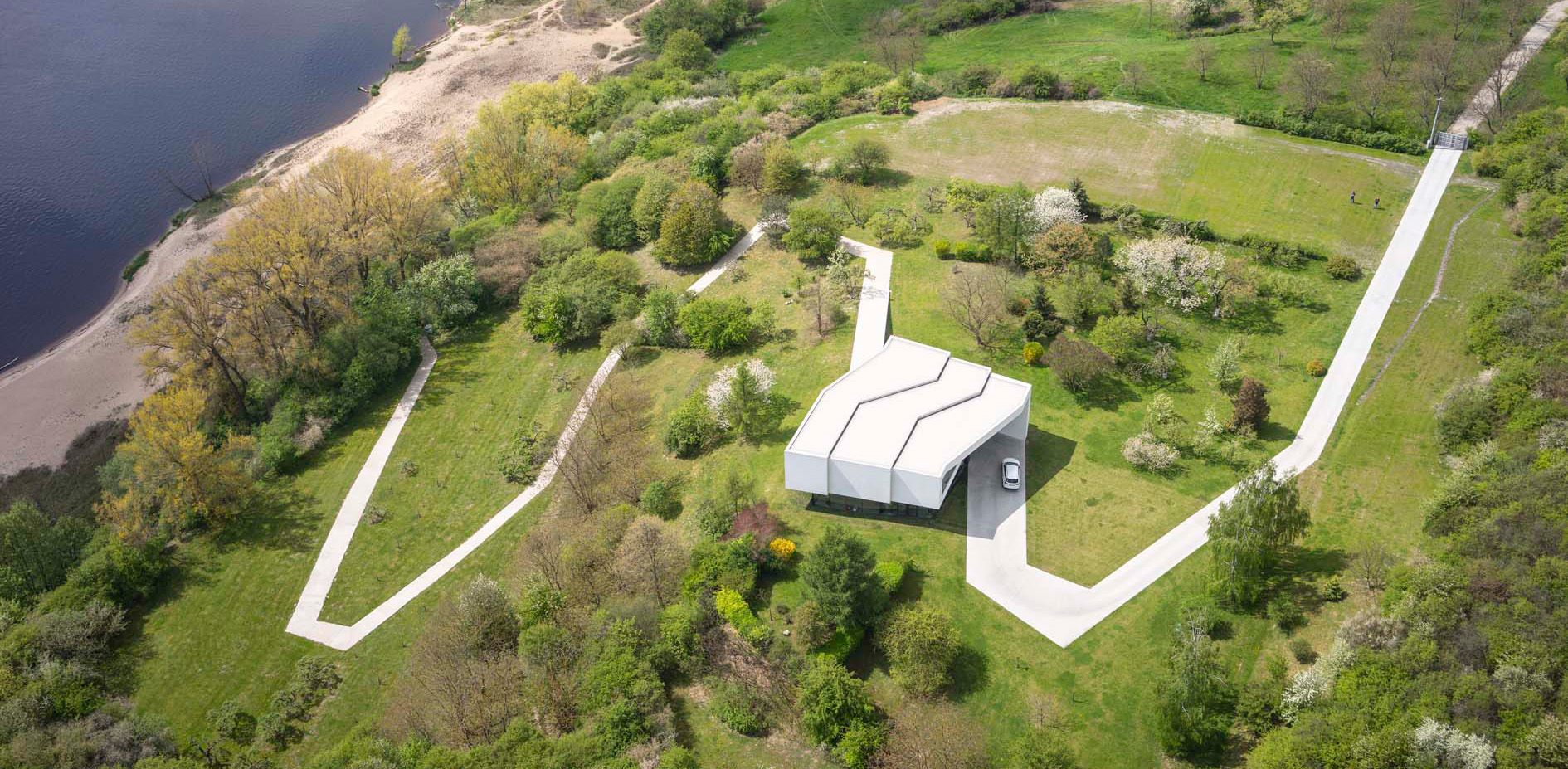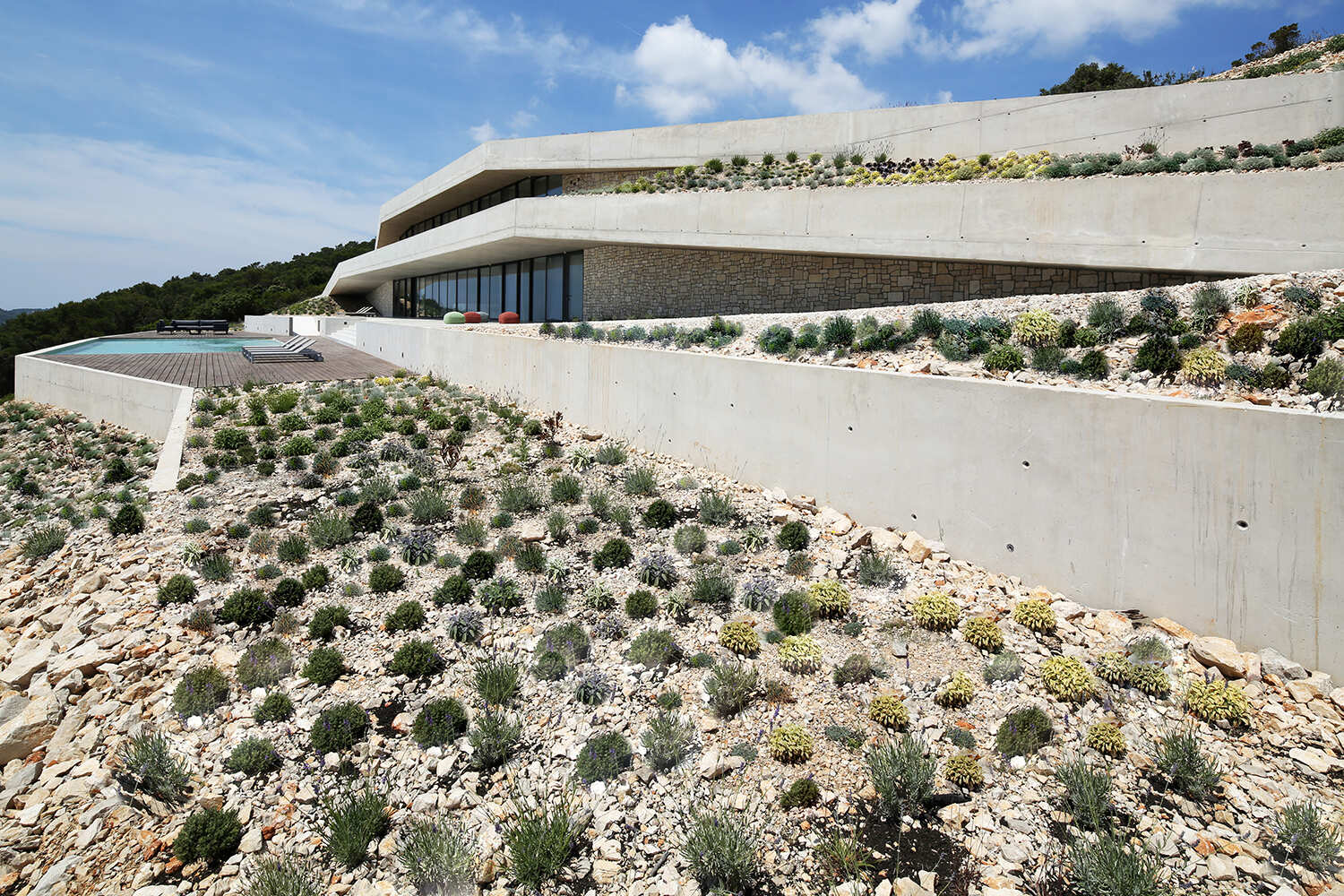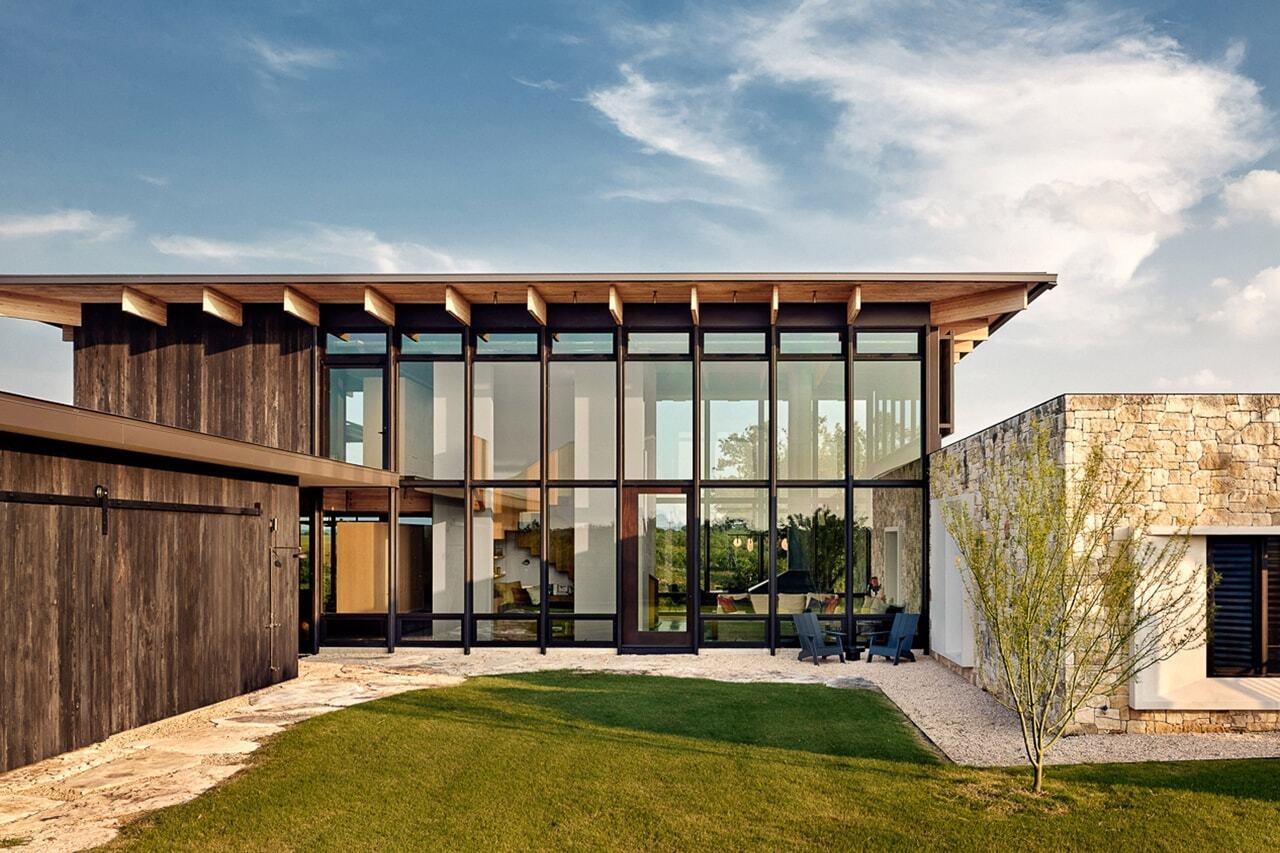Students have "huge amount to gain from engaging with Indigenous perspectives" says Philip Oldfield


The University of South Wales in Australia has developed studios that prioritise Aboriginal and Torres Strait Islander culture and knowledge, says head of environment Philip Oldfield.
Dezeen School Shows: Designing the Future features interviews examining the changes that design and architecture departments at universities are currently undertaking and how courses are adapting to meet new challenges faced by the industry.
Dezeen spoke to Oldfield about the rise of dual degrees, incorporating Indigenous learning into the university's curriculum and the importance of physical learning environments.
Ruby Betts: What new courses has the university recently developed and why?
Philip Oldfield: Across our architecture, interior architecture and landscape architecture programmes, we've developed new studios that prioritise Aboriginal and Torres Strait Islander culture and knowledge, which is the oldest continuing culture in the world.
These courses are led by our Indigenous professors of practice, Bernadette Hardy and Gillian Barlow. Aboriginal and Torres Strait Islanders have cared for our country and environment for tens of thousands of years, so our students (and staff) have a huge amount to gain from learning from and engaging with Indigenous perspectives.
Students work with Indigenous elders and Indigigrow – a local Aboriginal-owned native plant nursery – to design a sustainability and education centre that educates people about the wide-ranging benefits of native plants, especially the endangered Eastern Suburbs Banksia Scrub.
The course asks students to relate their awareness of First Nations knowledge to architectural practice in Australia and explicitly learn from First Nations cultures.
All Master of Architecture students in Australia are required to demonstrate an understanding of "Caring for Country" and Indigenous knowledge as part of their studies, aligned with the National Standards of Competency.

Ruby Betts: What courses are in demand?
Philip Oldfield: We're seeing an increased demand for dual degrees and interdisciplinary courses.
We recently started a new dual degree in architecture and property, which combines architectural design with commercial knowledge of real estate, property investment and law.
There's an acknowledgement that careers in the built environment sector have become more fluid and less siloed, so interdisciplinary knowledge and skills can enhance employability and support career development.
Beyond this, there's great demand for international courses.
We're lucky that we offer several of these every year and know they can be transformational to a student's education, be it visiting social housing in Vienna or working with communities and local architects to design streetscapes in Cambodia.

Ruby Betts: How has design education changed over the last ten years?
Philip Oldfield: The focus is on sustainability. From being an 'add-on' a decade ago, a topic addressed in a few courses perhaps, it is now core to everything we do and strongly embedded across almost every course.
The pandemic accelerated some change, with a complete switch to online-only teaching.
The switch resulted in two outcomes. Firstly, upskilling in digital technologies means we can now easily have world-renowned architects and designers engage with our studios virtually.
Secondly, on the flip side of the pandemic, came the recognition that a physical studio environment is so important. Students gain so much from learning in a vibrant and engaging space.
As such, while we still have digital and online activities across our degrees, our studios are all held in person on campus.

Ruby Betts: What new skills do you think are vital for students to have?
Philip Oldfield: We're leaning in to ensure our students have the technical skills to thrive in their future careers, including measuring the carbon footprint of studio projects, managing complex BIM models, understanding increasingly complex contracts and legal frameworks, programming 3D printers and more.
But we're also ensuring we teach collaboration skills, for students to work with different consultants and diverse communities to achieve equitable outcomes.
Architecture, design and city planning require balancing many different factors, more so than ever, including environmental, social, political and technical.
No one tool, or piece of software, can do all this, no matter how powerful artificial intelligence (AI) gets. These factors need critical thinking and communication skills – we're focusing on these more than ever.

Ruby Betts: Are there any skills that you're focused on more than in previous years?
Philip Oldfield: Environmental design and embodied carbon skills are now at the forefront.
For instance, we task our first-year architecture and city planning students to measure the embodied and operational carbon emissions of their own homes, often only a few months after starting their undergraduate degrees.
They're then challenged to redesign their home to reduce these emissions.
In our Master of Architecture, we use a 'design, measure, redesign' philosophy. Our students design their studio project, measure its carbon emissions as a baseline and then revise the design to reduce these emissions.
In Australia, all postgraduate architecture students are required to understand embodied carbon as part of national accreditation requirements, which is accelerating this change.

Ruby Betts: In the last five to ten years, what impact have new technologies had on the courses you run?
Philip Oldfield: Designers have access to a huge array of data and digital tools, more than ever before.
This is great, as it supports evidence-based design. Students can use big data, geographic information systems (GIS), advanced climate analysis, coding and more to inform their designs.
A decade ago, we started a dedicated programme at University of New South Wales (UNSW) on architectural computing called Computational Design. Students learn a range of technical skills, including advanced 3D modelling, digital geometry, virtual reality, robotics and digital fabrication. Graduates from the programme have great employability outcomes, particularly in larger practices.
AI will be a powerful tool to support design and communication – it will allow designers to test hundreds of options far quicker than before, speeding up the design process. This is a good thing and we should embrace it.
However, it will need supportive learning to teach how it can be used ethically and transparently, what opportunities it presents and what limitations it faces.
Dezeen School Shows: Designing the Future
This article is part of Dezeen School Shows: Designing the Future, a series of interviews exploring design and architecture education.
The post Students have "huge amount to gain from engaging with Indigenous perspectives" says Philip Oldfield appeared first on Dezeen.



















































